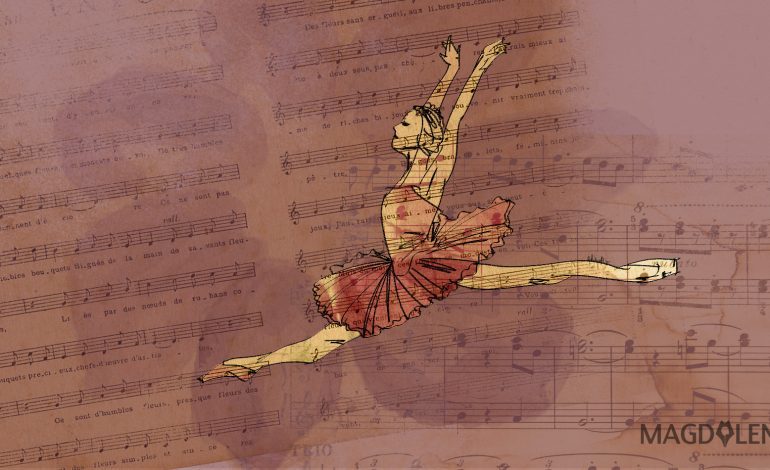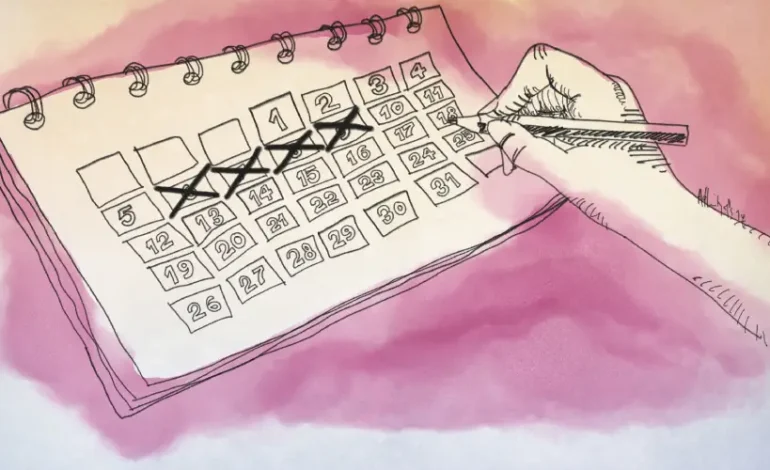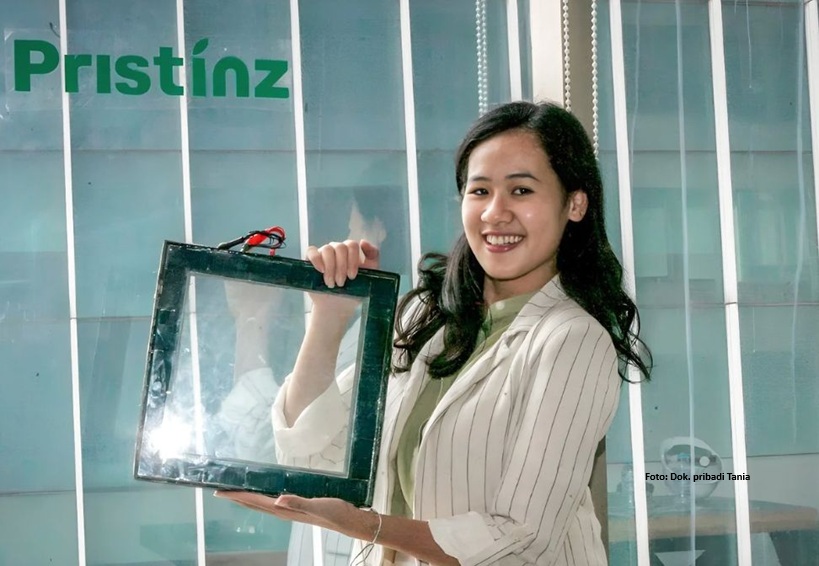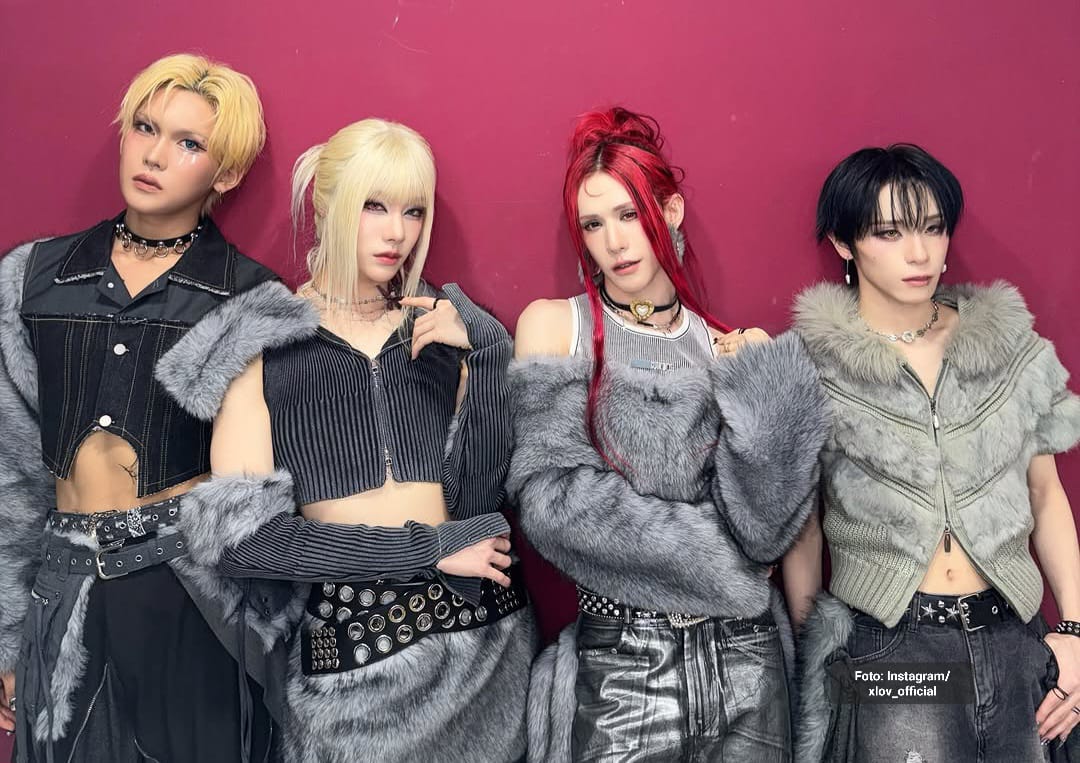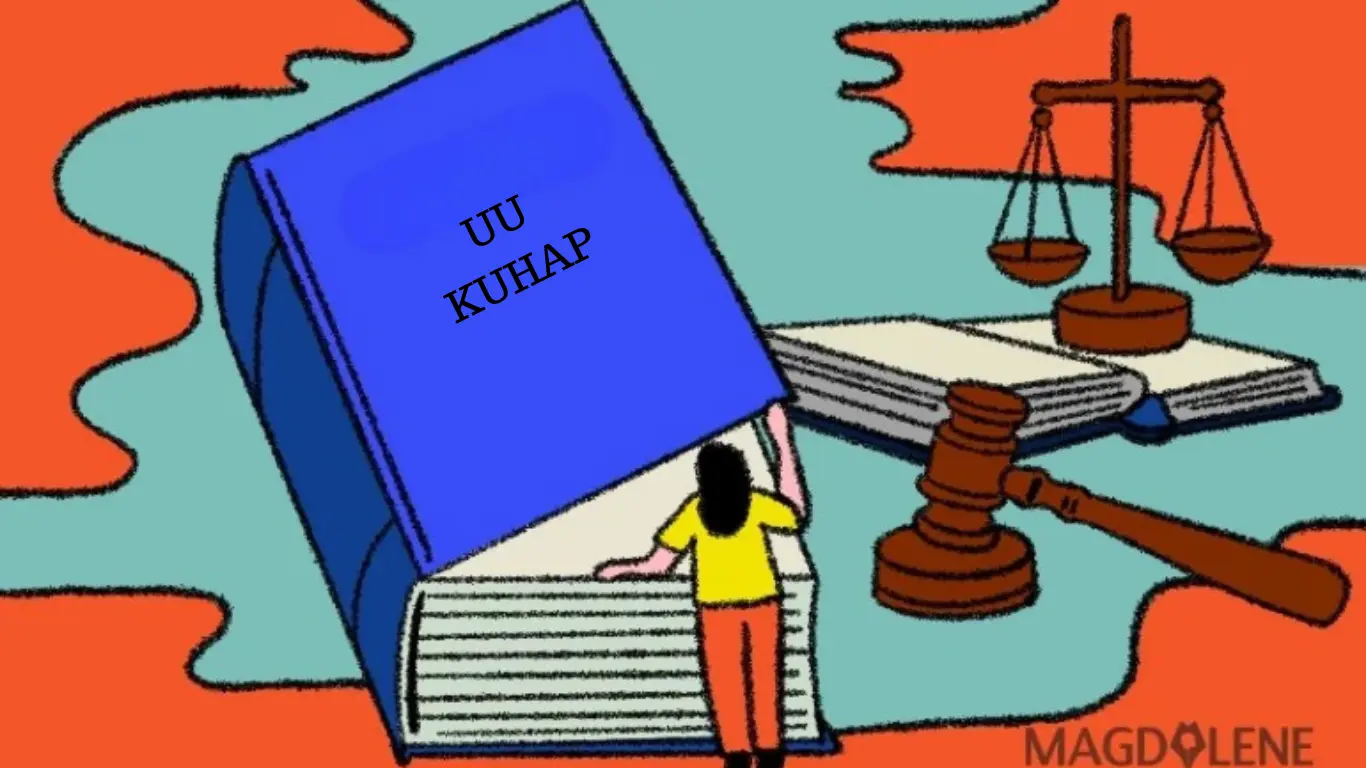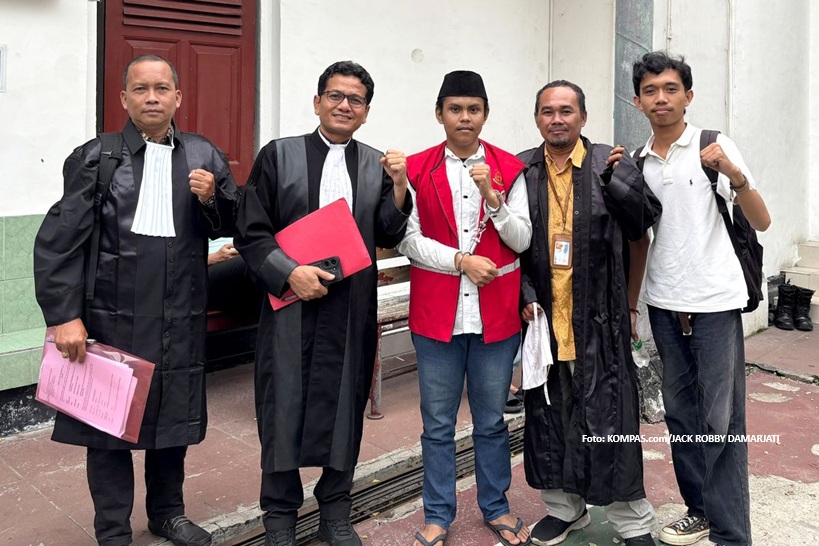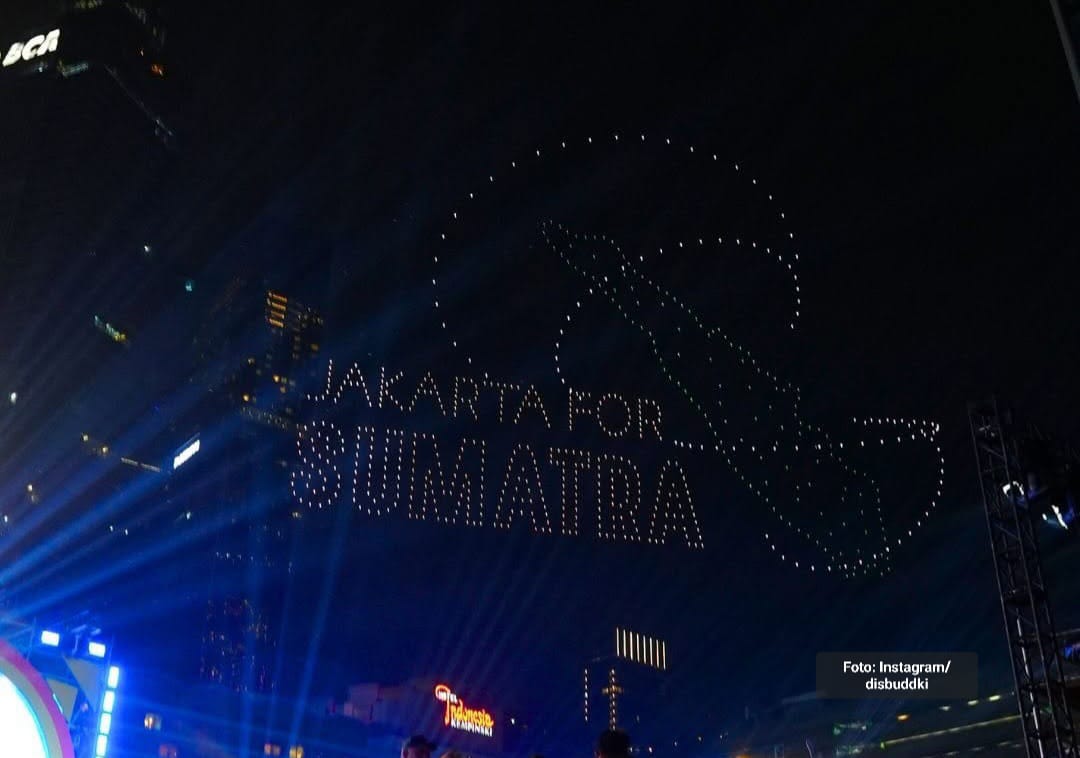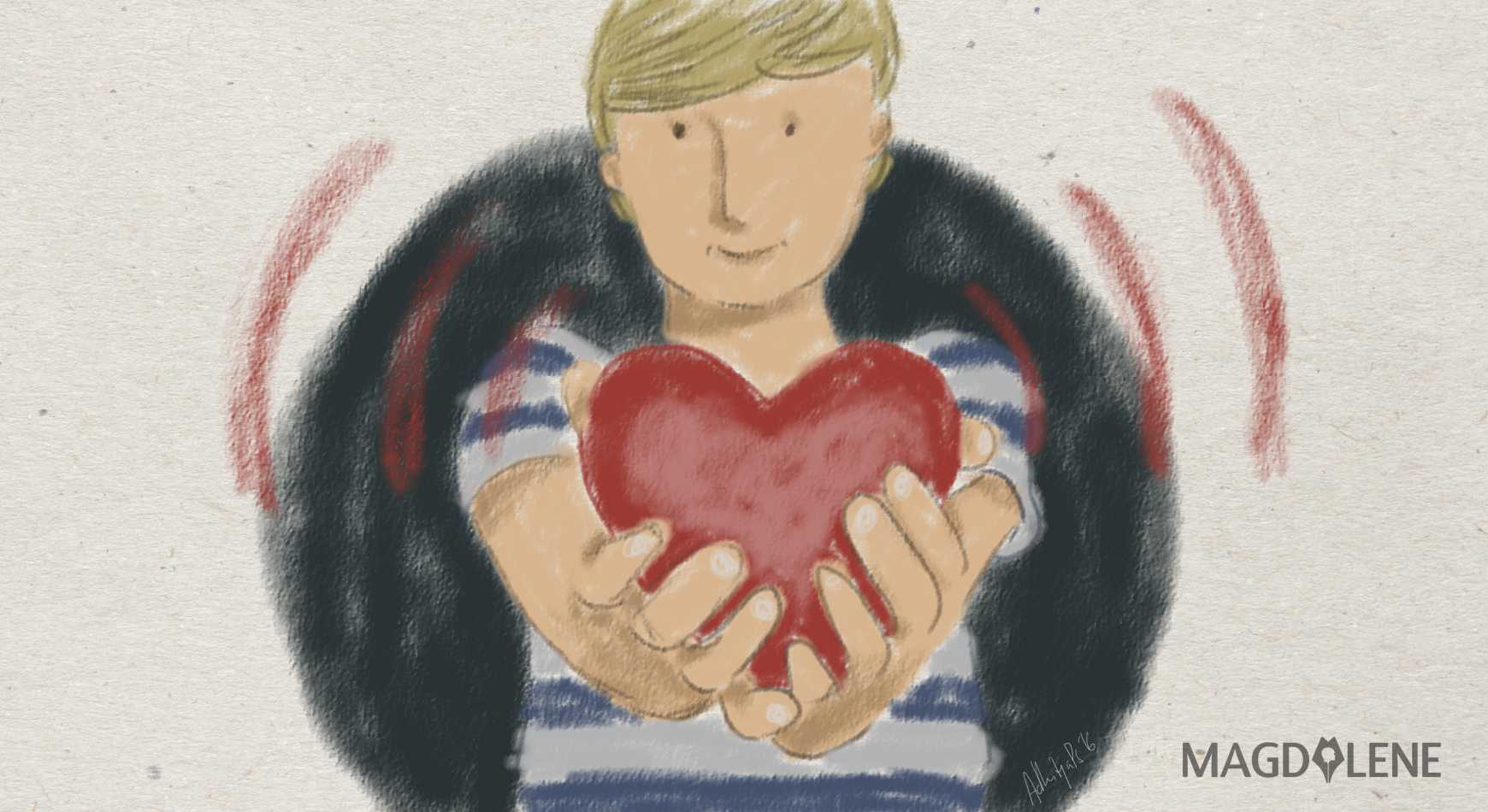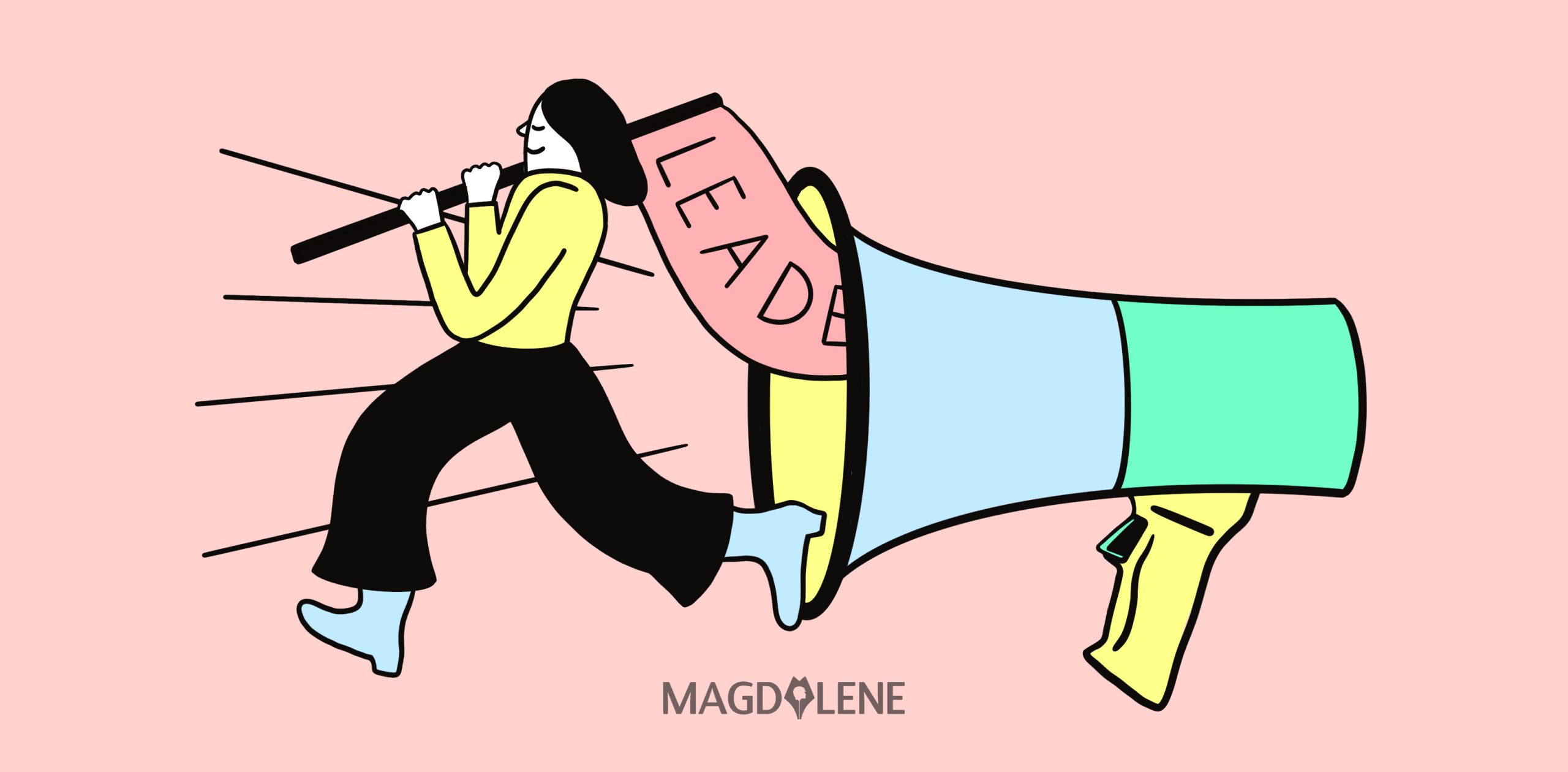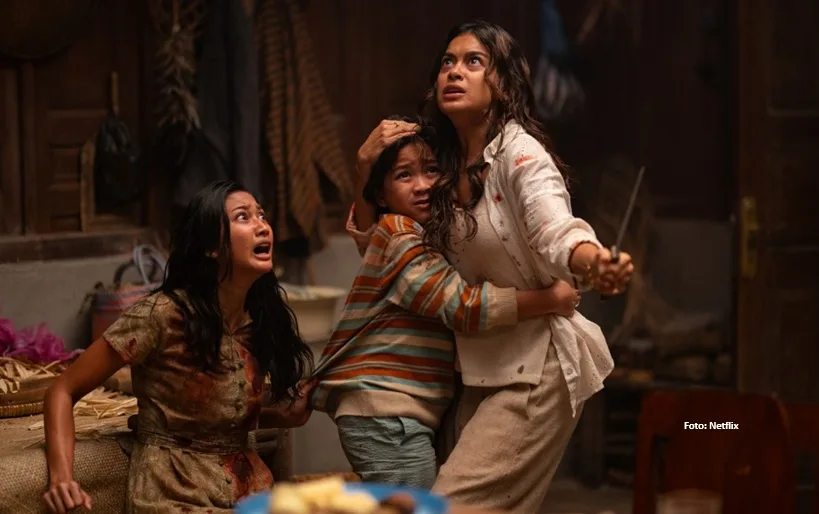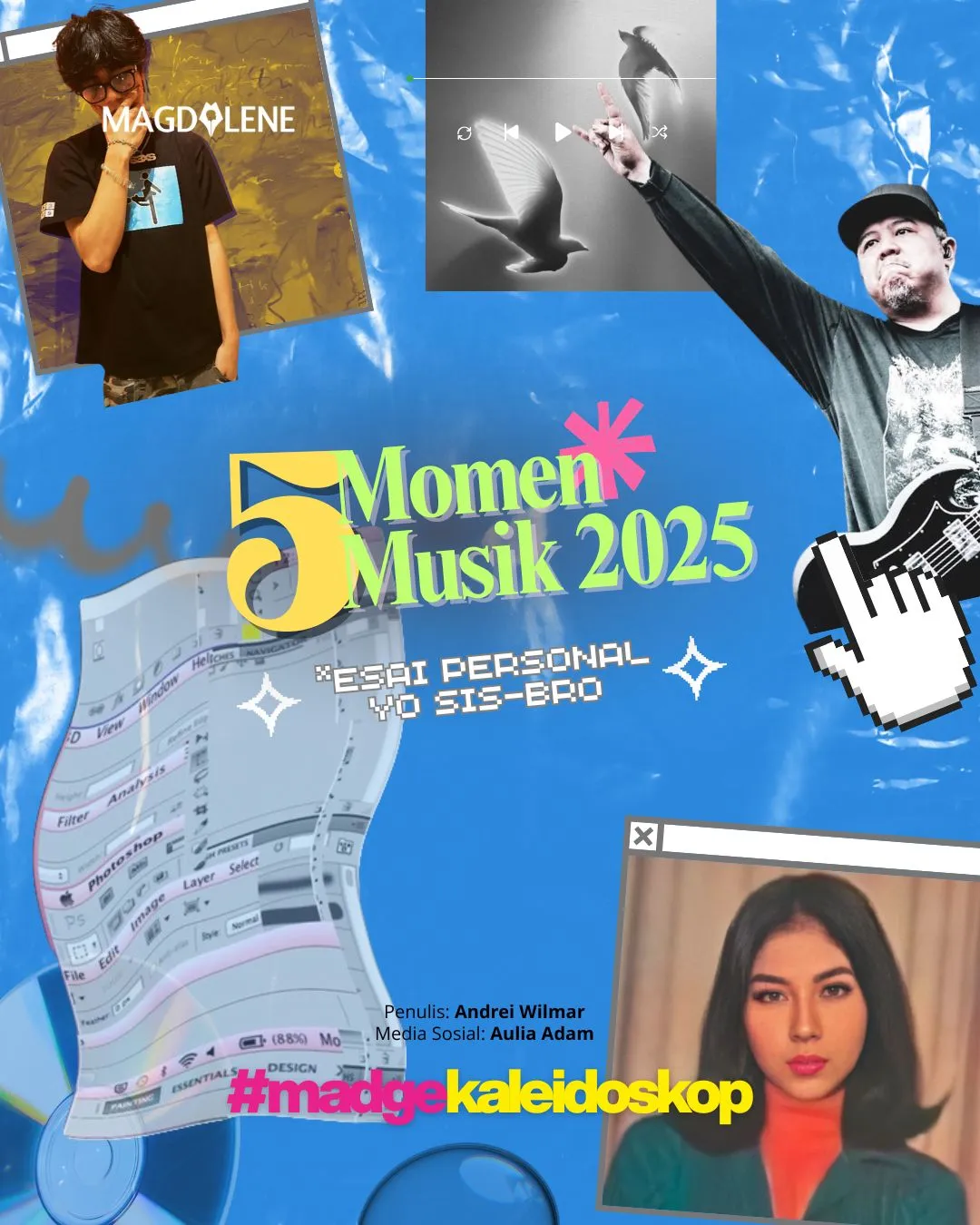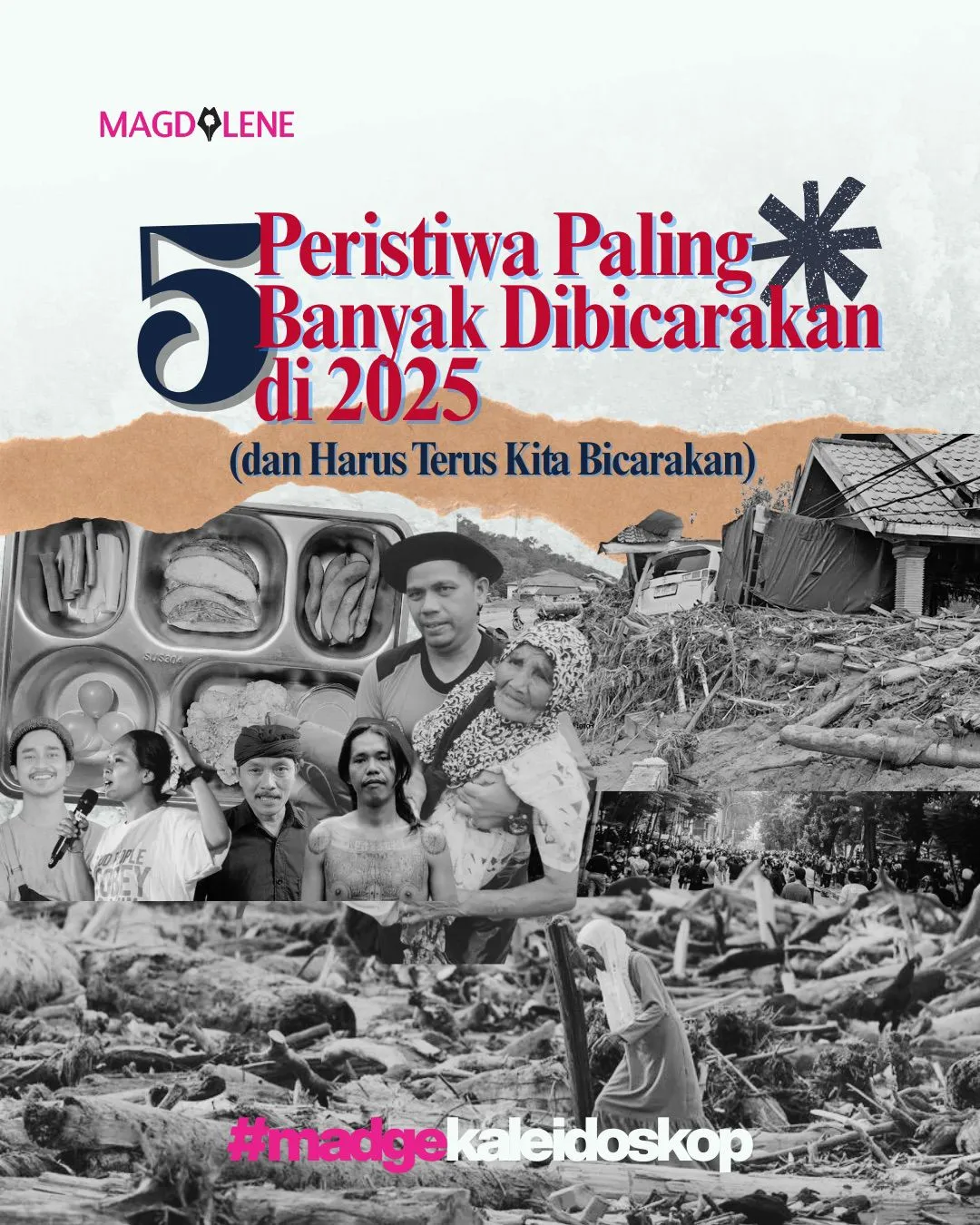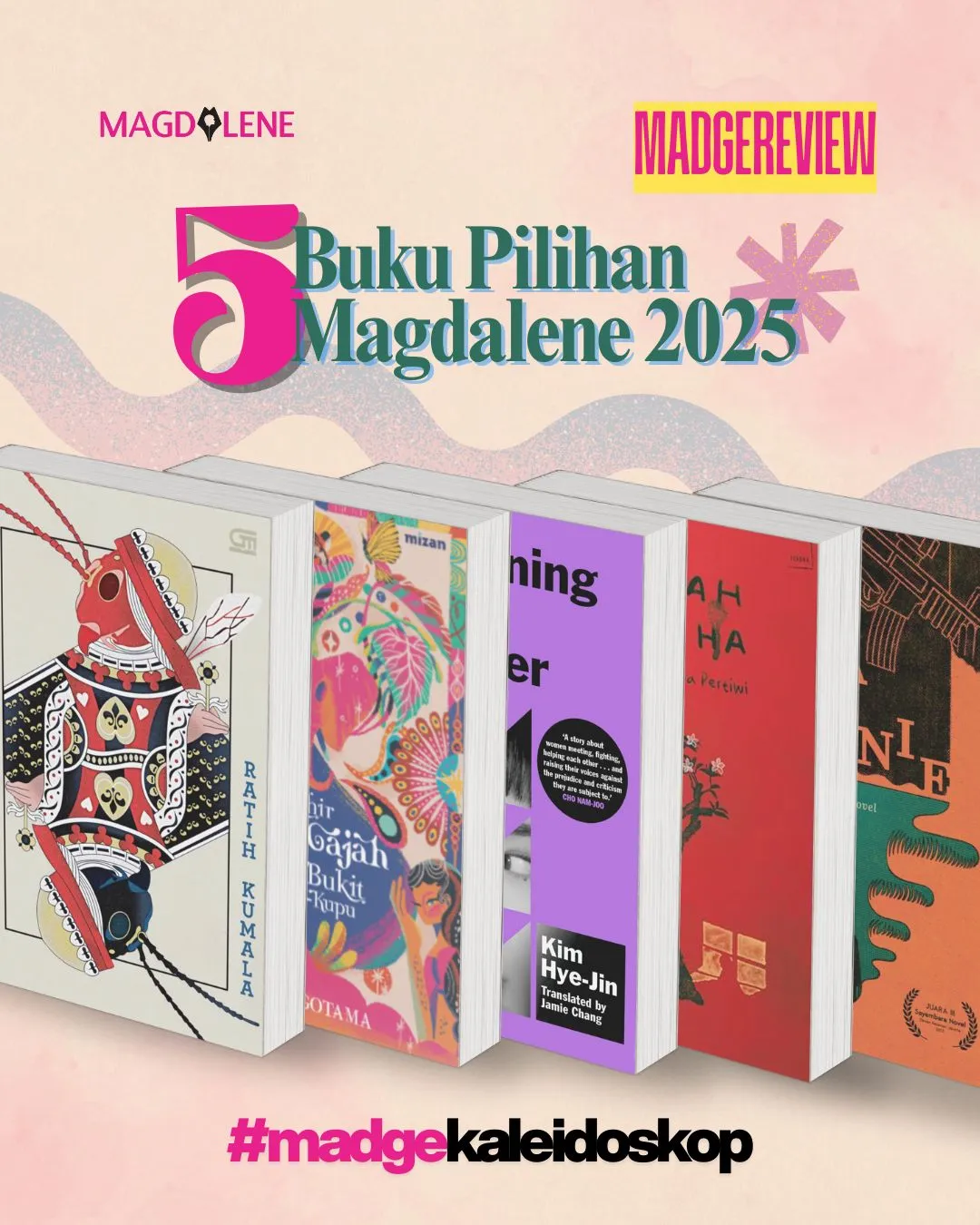Between Two Worlds: Biracial in Indonesia (Part 1)
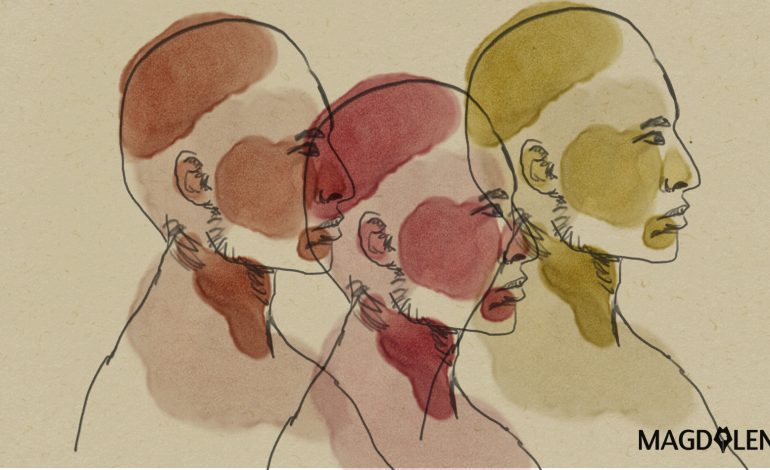
Had I been an American or Australian, it would be inaccurate to call myself biracial, or multiracial. But in Southeast Asia, the description is pretty accurate. My father is Chinese, while my mother is half-Sundanese, half-Javanese.
Race, however, was not a concern – was not even a subject in 1980s Indonesia. I went to a Catholic school where roughly 75 percent of the students were Chinese-Indonesians. The rest were Javanese, Catholic Sundanese (from Cigugur in Kuningan), Bataks, Ambonese, and Eurasians. A good number of my classmates were Muslims. I treated the fair skin/dark skin (some Chinese have darker complexion) difference like the utopias shown in American sitcoms and buddy cop flicks – Police Academy, The A-Team, The Ghostbusters. Everyone got along and you are judged by your character, not your skin color.
Then I learned that, first, not everybody in Indonesia likes the Chinese, and, second, my background is less common than I thought. Perhaps it’s part of growing up, or perhaps Indonesians were bolder in speaking about race issues in the 1990s. A Javanese girl called her rival “Damn Chinese” and a Chinese boy called a teacher “Damn black lady.”
Still, I was not affected. A bully could be either Javanese or Chinese. A friend could be Javanese or half-Dutch. A love interest could be Chinese or half-German. My sister’s dates were Muslim Sundanese or Javanese. While everyone talked about their koko or ii (brother and auntie respectively in a Chinese dialect), nobody talked about being Chinese, in contrast to the Javanese who talked about seeing their pakde or eyang putri (uncle or grandmother in the Javanese dialect) in Sleman or Bekasi.
May 1998 riots and the Reformasi changed it all, and that was the time when I began to identify myself as fully Chinese.
Ironically, my high school bros were Javanese and Eurasians, sharing our passions for computer games, European football, and indie rock. At the same time, my sister in Melbourne shared her flat with two Hong Kongers.
I wonder if our physical looks don’t only influence what people see us as, but also what we see ourselves as. I look more Chinese while my sister looks more Sundanese-Javanese, just like my biracial friends who look more Dutch or Javanese but who have siblings who respectively look more Minahasan or English. My sister doesn’t want to be called cici or sister (except by two fully-Chinese cousins), and the first time ever somebody called me koko I didn’t realize that it was me being addressed.
I began to embrace my Chinese identity in Australia, where “Asian” usually refers to people and culture related to overseas Chinese; where, unlike in Indonesia, Chinese people take the bus, speak Chinese on the bus; and where saying the “C” word itself is not a taboo. Actually it was also the time when I experienced how the Chinese people are closely connected with another C word – Christianity.
I found new friends – ethnic Chinese students from various nationalities – through Catholic organizations. I lived in a student apartment owned by a Malaysian church, where the staff and fellow tenants were also ethnic Chinese. I found myself trapped between Australian atheism (or at least irreverent treatments of the Pope and Jesus in media) and the born-again Christianity in my social circles at home and campus. Both sides never met each other, but might have thought the other party was deluded, especially after 9/11 and Iraq.
In university I expanded my horizon by befriending Muslim Indonesian students who also took social sciences. The funny thing was after we had pleasant discussions on author Seno Gumira Ajidarma and the hit movie Ada Apa Dengan Cinta? (AADC), they said I was different from other Chinese.
What did they mean by that?
Turned out they believed that Chinese people were selfish, ignorant and arrogant. On first impression, my social awkwardness and neurosis seemed to fit the profile, but we would quickly understand each other. I wonder if it’s my Sundanese-Javanese side at work, or just the experience of spending every Christmas and Idul Fitri dinners with witty aunties and cousins.
At the same time, my sister in Bandung surprised her co-workers who just knew that she’s half-Chinese and who told her the same thing – she’s different from other Chinese. Apparently, everyone in Melbourne assumed that I was full-blooded Chinese, while everyone in Bandung took my sister as Sundanese/Javanese.
The best moment in my life was when I mastered living in the two worlds – I would help a Javanese friend understand the Industrial Revolution, text a Chinese-Indonesian date on my way home, read Ayu Utami, and then attend a student Catholic Mass.
Meanwhile, back in Bandung, my Javanese and Batak friends were speaking the same language with their Chinese peers – Japanese pop and the Catholic Church, with a dash of Islamophobia.
If you know the lyrics to Coldplay’s “Viva La Vida”, you’d get a picture on what I felt, when suddenly I lost command of both worlds, especially the Chinese world (imagine the crumbling, Inside Out style). It’s quite tragicomic to think that I enthusiastically supported SBY in the 2004 Presidential Election, while many Chinese-Indonesians chose Megawati since PDI-P is supposedly the most Christian-friendly party (and supposedly the most Chinese-friendly party, but by now you’ve got the rule). Some people probably cut contact with me, just like some people cut contact with you last year for your choice of presidential candidate.
So I became a negative and cranky person, and despaired that I found no other Chinese person in all seminars I attended, including on Chinese-Indonesians (save for the usual prominent figures in the academia circle like Arief Budiman and Dewi Anggraeni, but you know, I wanted to see fellow students). I began to show symptoms of depression.
A decade later, studying feminism helps me understanding why I felt blue, why befriending Chinese-Indonesians can be challenging, and what it means to become a multiracial person. More in part 2.
Read Mario’s take on religious conservatism in Indonesia.

